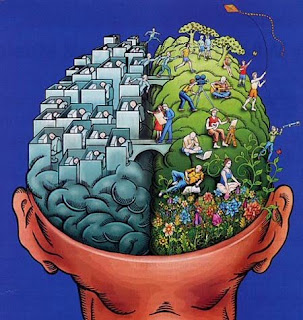The “Be the Cowboy not the Cow” idea was not ground breaking. It was not brilliant, but it was a big step in the right direction. We did something that stood out. The message, however, was lost on almost everyone. Our Asian counterparts did not understand it at all. They changed the headline to “One World, One Cable.” To our European associates, the message came across as “Be a Redneck…” They shrugged their shoulders and swallowed their embarrassment.
Our competitors Photoshopped the ad and changed the headline to read, “Where there are cows and cowboys, there is always a lot of fertilizer…”
However, a larger problem surfaced.
After the ad hit EETimes, I received a phone call from one of the sales reps I knew pretty well. He complained that he hated it when we ran ads. "Every time an ad shows up in a magazine, my phone starts ringing off the wall. My voicemail fills up with requests for pricing and samples from garage shops who will probably not be in business next month. At best, they will buy a few samples to play with. I don't have time to mess around with these people! I meet my sales targets by serving the needs of my tier one customers. You guys in Dallas are killing me with these ads!"
I quickly took this information to the marketing group. Unimpressed, they responded, "Yeah. The sales people tell us that every time we run an ad."
They knew this already, but failed to see the problem. I was reminded of something one of my marketing professors told us, "No person should ever work as a marketer until they have worked in sales. You do not understand what the sales person is dealing with until you have done their job."
I finally succeeded in killing ads altogether and began to work with the group to come up with different promotion methods. "Be the Cowboy, Not the Cow" looked like a failure at first, but what happened over the next few weeks showed that it was actually a game changer for this group. It marked a turning point. The team started to get the idea that they did not have to go with the same old boring stuff. It was time to get creative. We turned our attention to some of the most creative marketing being done in the industry.
James Snider is a Global Marketing professional, responsible for developing the 3.4 billion dollar 1394/FireWire market. James spent 16 years in marketing with 7 years working at "for profit" companies, 8 years as executive director of a non-profit and the past year as an independent global business development consultant. www.linkedin.com/in/jamessnider





















